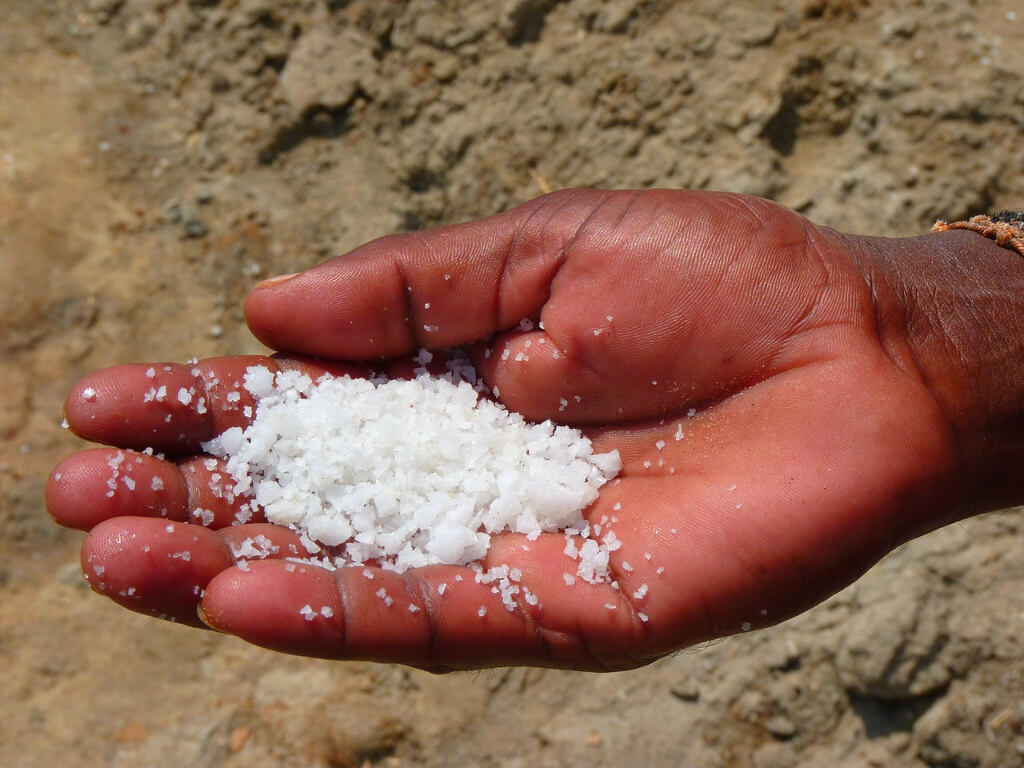ZIMSEC O Level Combined Science Notes: Neutralisation/Salts
- The acidity and alkalinity of a solution can be represented on the pH scale
- If the pH is low i.e less than 7 then the solution is acidic
- If the pH is high i.e higher than 7 then the solution is alkaline
- If a solution has a pH of 7 then the solution is neutral
- This means it is neither acidic or alkaline
- The pH of an acid increases if a base is added to it
- At some point if, we continue to add the base, the solution becomes neutral
- When the base is added to the acid the acidity of of the solution decreases while its pH increases
- When the mixture reaches a pH of 7 just enough of the base solution will have been added to the acid to neutralise the acid
- Neutralisation is a reaction where an acid reacts with an alkali(base) to form a neutral solution of a salt and water.
- When the acid is neutralised salt and water is formed
- The word salt is used to refer to one of the by products formed when an acid and base react
- Sodium chloride otherwise known as table salt or common salt is just one of the many types of salt
- Other examples of salts are: copper sulphate, potassium permanganate, magnesium sulphate etc.
- The word equation for neutralisation is:
- \text{base+acid}\rightarrow\text{salt+water}
- Not all bases are soluble in water as a result
- Some metal oxides do not form alkaline solutions
- Still these insoluble bases react with acids to form a solution of salt and water
- Salt is always a byproduct of the neutralisation process
To access more topics go to the Combined Science Notes page,








